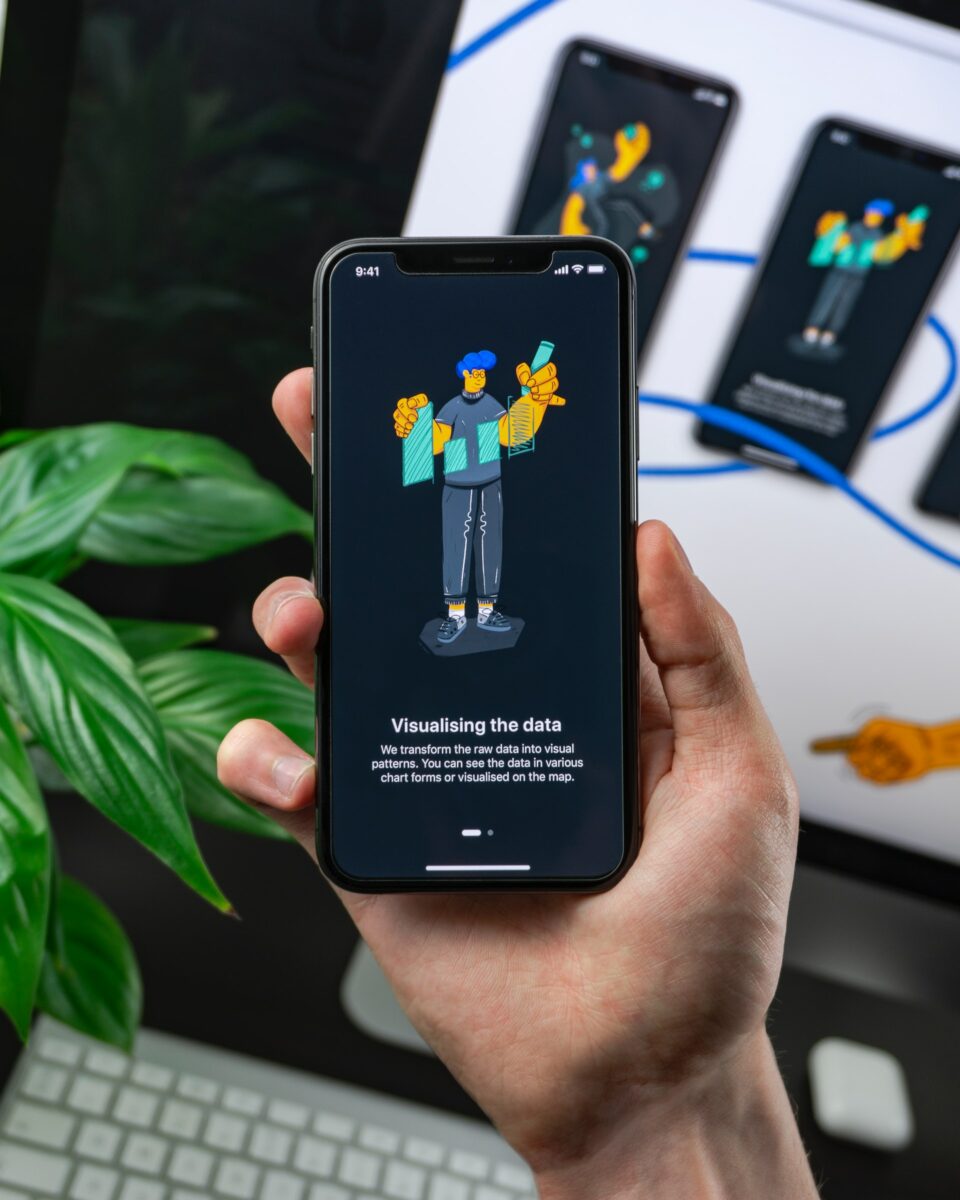The need for mobile application testing has become more critical with the increasing usage of mobile applications. Mobile app testing is essential to ensure that the applications meet the desired functionality, performance, and usability standards.
However, testing mobile applications can be challenging due to various factors such as device fragmentation, network connectivity, security, and user interface. This blog will explore 8 critical mobile application testing challenges and their solutions.
1. Compatibility And Fragmentation In Mobile Application Testing
One of the biggest challenges in mobile application testing is ensuring compatibility across various devices and platforms. Here are the common challenges related to compatibility and fragmentation in mobile application testing:
- Mobile application developers must ensure that their applications are compatible with multiple devices and operating systems, which can be difficult due to fragmentation. There are many different operating systems, including Android, iOS, and Windows, each with unique versions and updates. Furthermore, many device models have different screen sizes, processors, memory, and graphics capabilities.
- Fragmentation can also affect the application’s user interface, making ensuring consistency across different devices challenging. Issues such as screen size, screen resolution, and device orientation can all impact the application’s UI, leading to usability issues for users.
2. Network Connectivity In Mobile Application Testing
Mobile applications are heavily dependent on network connectivity, which can pose significant challenges in testing.

Here are the most prevalent challenges related to network connectivity in mobile application testing:
- Network latency is the time data travels from the user’s device to the server and back. High network latency can lead to slow response times, which can impact the user experience and performance of the application.
- Mobile applications must function correctly, even when network connectivity is unreliable. A mobile application that fails to work perfectly in low signal strength or lost connectivity can lead to user frustration and app abandonment.
3. User Interface In Mobile Application Testing
A mobile application’s user interface (UI) plays a crucial role in determining its success. The UI directly affects the user experience, so it’s essential to ensure that the UI is visually appealing, easy to navigate, and provides a seamless user experience.
This makes UI testing a crucial aspect of mobile application testing.
Some challenges related to UI testing in mobile application testing:
- With a wide range of mobile devices with varying screen sizes and resolutions, ensuring that the UI looks and functions well across all devices can be challenging.
- The user experience is critical for mobile applications. It’s essential to ensure that the application is easy to navigate, the user interface is intuitive, and the overall design is visually appealing.
4. Security
Mobile applications are highly vulnerable to security threats. With more users performing sensitive tasks on their mobile devices, it’s crucial to ensure that mobile applications are secure and free from vulnerabilities.
Security testing is essential to mobile application testing to ensure the application is safe and free from security risks.
The following are some of the common security challenges related to mobile application testing:
- Mobile applications requiring user authentication and authorization must be secure to prevent unauthorized access. Testing the authentication and authorization mechanisms of the application is essential to ensure they are secure.
- Encryption is essential for secure data transmission between the mobile application and the server. Testing the encryption mechanisms used in the mobile application is necessary to protect sensitive data.
5. Performance In Mobile Application Testing
Mobile applications need to perform well to ensure a seamless user experience. Slow or unresponsive applications can lead to user frustration and a negative user experience.
Performance testing is essential to mobile application testing to ensure that the application performs well under various conditions.
The following are some of the expected performance challenges related to mobile application testing:
- Mobile applications rely on network connectivity to function correctly. Poor network connectivity can result in slow response times and unresponsive applications.
- Mobile applications should be tested for their ability to handle large numbers of users and data loads.
6. App Store Requirements
Mobile app stores have specific requirements that mobile applications must meet to be accepted and published.
Meeting these requirements ensures the application reaches a broader audience and is available for download on various devices.
The following are some of the standard app store requirements related to mobile application testing:
- App stores have specific guidelines that mobile applications must adhere to. These guidelines cover various aspects, such as content, functionality, and user experience. Testing the mobile application against these guidelines is essential to ensure that it meets the requirements for publishing.
- App stores have quality standards that mobile applications must meet to be published. These quality standards cover various aspects, such as performance, security, and user experience.

7. Device-Specific Features
Mobile applications are designed to run on various devices with different hardware and software configurations. Other devices may have unique features and capabilities that the mobile application can utilize to provide a better user experience.
The following are some of the standard device-specific features related to mobile application testing:
- Many mobile applications utilize mobile devices’ camera and GPS features to provide location-based services and capture images or videos. Testing the mobile application’s ability to use these features is essential to ensure they function correctly on different devices.
- Many mobile applications rely on touch screens and gesture-based inputs to interact with users. Testing the mobile application’s ability to utilize these inputs is essential to ensure they function correctly on different devices.
8. Automation
Mobile applications are complex and often require extensive testing to ensure they function correctly across different devices, operating systems, and network conditions.
The following are some of the common automation challenges related to mobile application testing:
- Mobile devices come in various sizes, hardware configurations, and operating systems. Mobile test automation tools should support testing across multiple devices and operating systems to ensure the mobile application functions correctly.
- Mobile applications have a graphical user interface that requires visual validation. Automation tools should support image recognition and verification to ensure the mobile application’s user interface is consistent and functional.
Conclusion
Mobile application testing is a critical aspect of the development process, and it poses several challenges that can affect the quality of mobile applications.
Cloud-based mobile app testing effectively solves these challenges, providing scalable and efficient testing capabilities.
By implementing cloud-based mobile app testing, mobile application developers and testers can improve the quality of their mobile applications and ensure a positive user experience.
With the increasing demand for mobile applications, adopting cloud-based mobile app testing is essential to stay ahead in the highly competitive mobile application market.